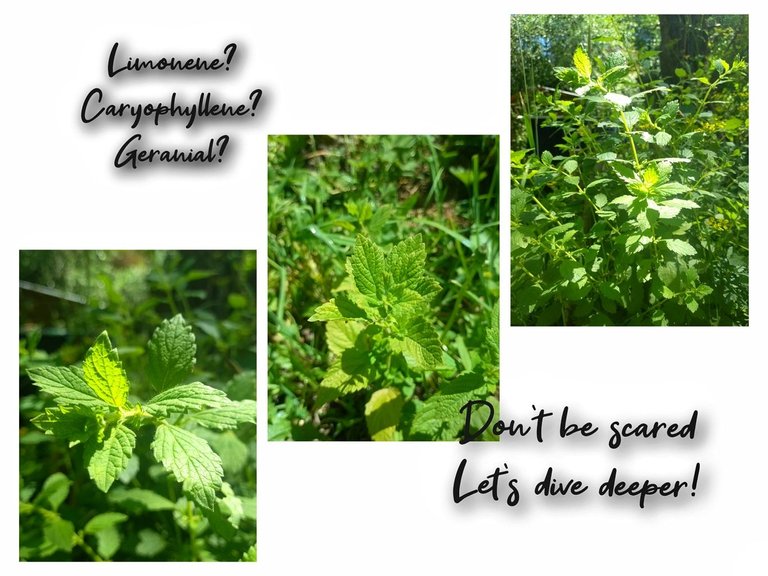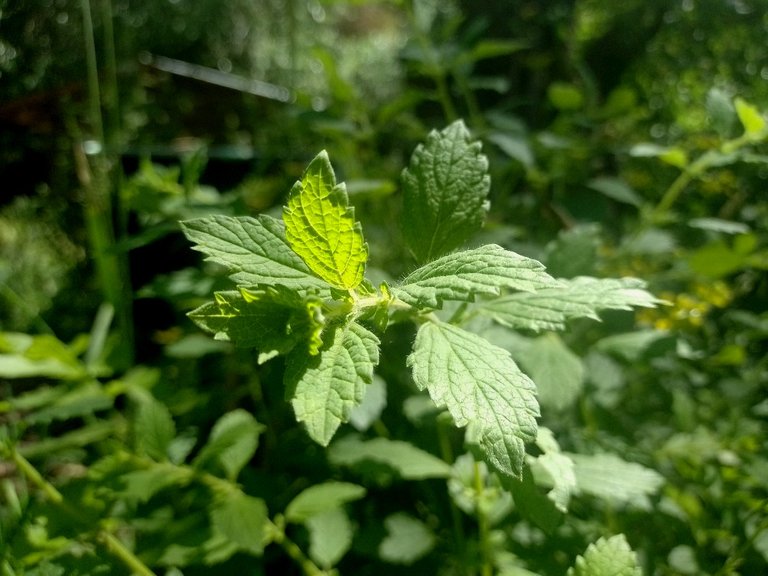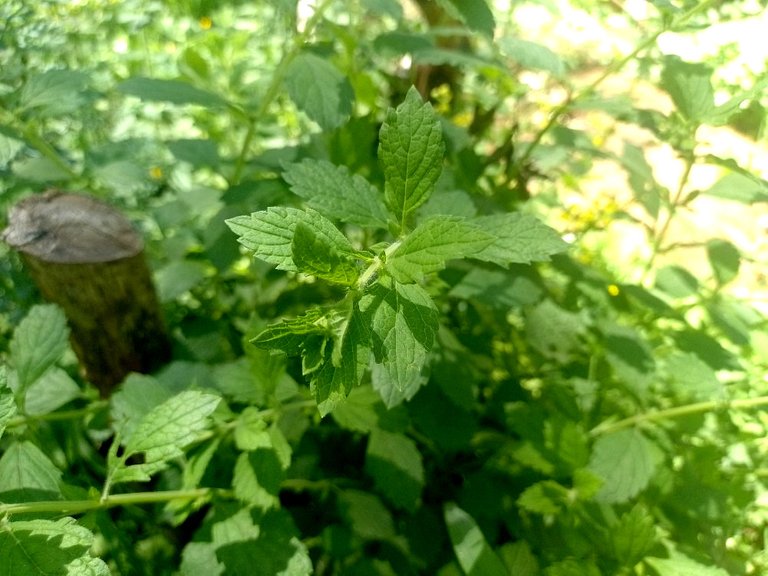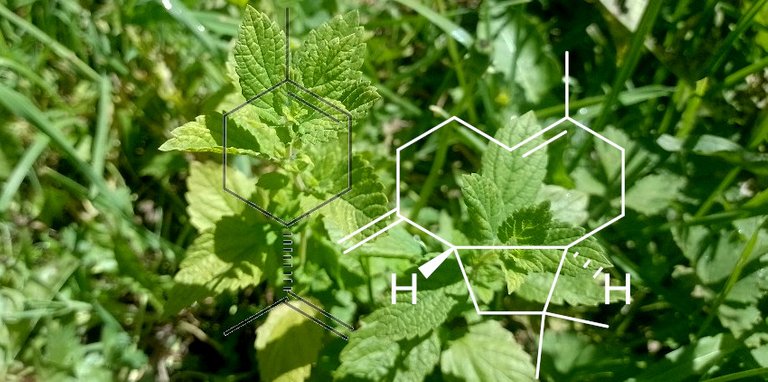
Lemon balm (Melissa Officinalis) is a plant that is widely known for its medicinal and therapeutic uses. However, it’s never a bad thing to remember these and encourage their consumption, especially in times when the modern approach to health has been insufficient to deal with challenges like COVID and other demanding situations. If Nature offers us medicine that we can grow in our yards, then it’s our responsibility to empower ourselves and take care of our health.

Contrary to what some people think about herbal medicine, it’s not just grandma’s placebo to make you feel better when you have a cold. There’s science behind it, and though grandma didn’t know this science, it doesn’t mean it wasn’t there.
A little bit of history

One of the earliest recorded uses of lemon balm was by the ancient Greeks. The Greek physician Dioscorides, who lived in the 1st century AD, recommended the use of lemon balm for treating a wide range of ailments, including fever, colds, and headaches.
The Roman naturalist Pliny the Elder wrote that lemon balm was used to treat snake bites and other venomous bites. In the Middle Ages, it was used as a remedy for melancholy and as a sedative.

Lemon Balm continues to be used today and studies have shown that it has anti-anxiety, anti-inflammatory, and anti-viral properties. It has also been found to have potential in treating herpes simplex.
A recent study published in Phytotherapy Research found that a combination of lemon balm and valerian root improved sleep quality in people with insomnia. The study found that the combination of these two herbs was more effective than either herb alone, and that it improved sleep quality without causing any adverse side effects. This study suggests that lemon balm may be useful as a natural remedy for insomnia. (Cerny A, Schaffner W, et al)

Another study, "Efficacy of a standardized Melissa officinalis extract in the treatment of patients with mild to moderate anxiety disorders or depression" by Kennedy et al. (2002), found that the extract of lemon balm was effective in reducing anxiety symptoms and that it had similar efficacy to a commonly used anxiolytic drug.
Terpenes, the chemistry in plants

Plants are composed by chemical compounds known as “terpenes”. Many of the drugs you buy at the pharmacy are actually extracts and concentrations of terpenes, made to treat specific symptoms. Some are also lab imitations of what already exists in Nature, like the case of Breezula (Clascoterone) which is a topical cream that is designed to mimic the effects of Beta-caryophyllene, it is used to treat acne.
Terpenes give plants their unique smells and flavors, like the lemon scent of lemon balm. They are like tiny little helpers that help the plants to keep bugs and animals away, and also to help them survive in their environment. Think of them like tiny little superheroes that live inside plants and help them to be healthy and strong.
As we continue to analyze different medicinal plants, we will become more familiar with terpenes and their properties. This can be useful to eventually start mixing plants that have specific terpene concentrations to concoct powerful medicines oriented to specific uses.
For example, as explained below, both limonene and caryophyllene have anti-anxiety benefits, so if that is what you are seeking to get from lemon balm, you can consider other plants that have high concentrations of these terpenes to mix it with. You could mix lemon balm with mint (high in lemonene) and cinnamon (high in caryophyllene) to make a potent anxiety-reducing potion.
Breakdown of terpenes in lemon balm
Note that these can vary according to where the plant has grown, the time of harvest, and the method of extraction. This is merely a general overview, though if you want to check in more detail you can consult this source.
Citronellal & Citronellol
Citronellal and citronellol are known for their strong lemon scent and are often used in perfumery and aromatherapy. They are also known to have insect-repellent properties.
Geranial & Neral
Geranial and neral are known to have strong antioxidant and anti-inflammatory properties. Geranial is also found to have anti-cancer properties.
Geraniol
Geraniol is a terpene alcohol with a rose-like scent and has been found to have anti-inflammatory and anti-cancer properties.
Limonene
Limonene is a terpene with a citrus scent and is known to have anti-inflammatory, anti-anxiety and anti-cancer properties.
Caryophyllene
Caryophyllene is a terpene which is found in many essential oils, including black pepper, and is known for its anti-inflammatory properties. It also been found to have potential in treating anxiety and depression, and also have potential in treating addiction.
β-caryophyllene
“This terpene acts as an insecticide and as a broad-spectrum antifungal. And interestingly, β-caryophyllene-oxide is the component that drug dogs sniff out when they are on the trail of cannabis (Russo & Marcu)” Source.
I hope you’ve enjoyed this post and found it informative. The idea is to keep going deeper into plant medicine and offer insights into the “source code” of plants to understand better how we can use them to our benefit, so stay tuned.
Is there any particular plant you’d like a post about? What are your experiences with lemon balm and how do you use it? Let’s keep talking in the comments!
Photography and text by @theapothecary
Illustrations AI generated